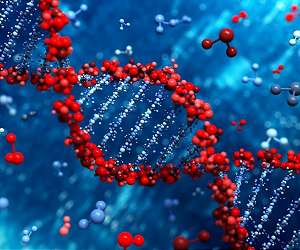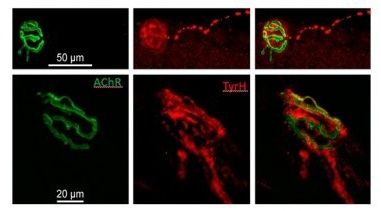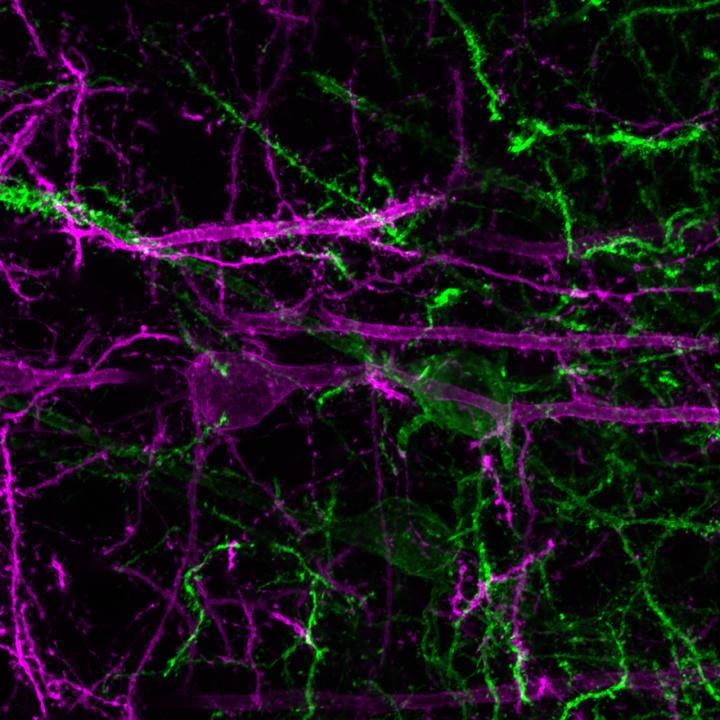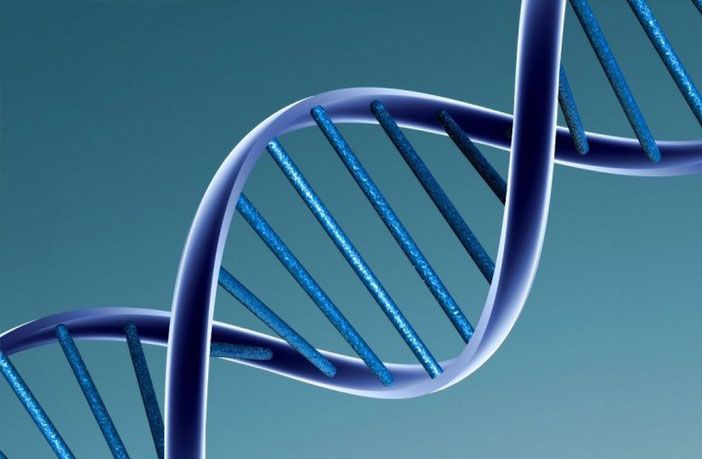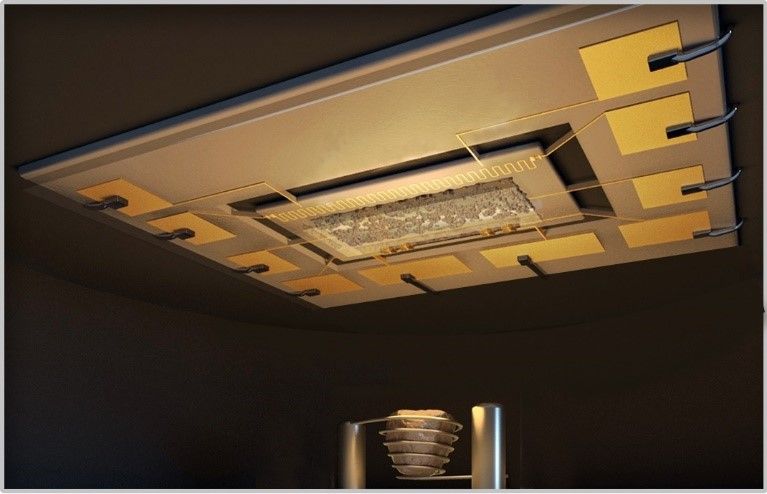Feb 22, 2017
Switched-on DNA spark nano-electronic applications
Posted by Karen Hurst in categories: bioengineering, biotech/medical, nanotechnology
DNA, the stuff of life, may very well also pack quite the jolt for engineers trying to advance the development of tiny, low-cost electronic devices.
Much like flipping your light switch at home — –only on a scale 1,000 times smaller than a human hair — –an ASU-led team has now developed the first controllable DNA switch to regulate the flow of electricity within a single, atomic-sized molecule. The new study, led by ASU Biodesign Institute researcher Nongjian Tao, was published in the advanced online journal Nature Communications ( DOI: 10.1038/ncomms14471).
“It has been established that charge transport is possible in DNA, but for a useful device, one wants to be able to turn the charge transport on and off. We achieved this goal by chemically modifying DNA,” said Tao, who directs the Biodesign Center for Bioelectronics and Biosensors and is a professor in the Fulton Schools of Engineering.
Continue reading “Switched-on DNA spark nano-electronic applications” »
